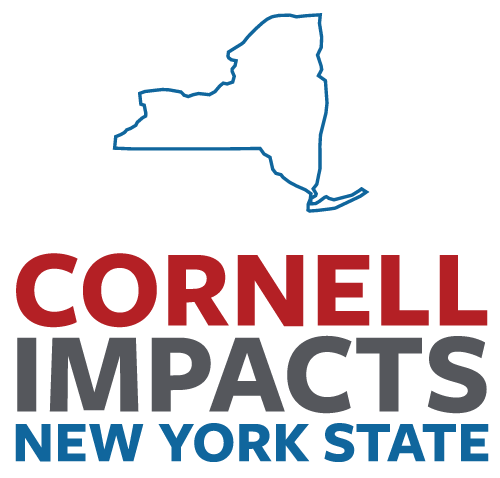Forestry Minister Dave Kelly has launched the Farm Forestry Assist program for 2022, supporting farmers and other landowners wishing to plant pine trees on their land.
Established in 2018, successful applicants receive free high-quality radiata pine seedlings from the Forest Products Commission’s West Manjimup Nursery to establish 20 to 50 hectare pine plantations on their properties.
Criteria addressing the location, scale, soil, access and management of the plantations are in place to ensure that any resulting plantings have the capacity to help support Western Australia’s vibrant softwood timber industry.
As part of the program, the Forest Products Commission will provide technical advice to support establishing viable and productive plantations on farms and the West Manjimup Nursery and Seed Centre provides access to seedlings that come from the best genetic stock, helping to improve productivity and drought resilience.
Applications close 5pm March 25, 2022. For more information, visit the Farm Forestry Assist page on the Forest Products Commission website.
Since the program began in 2018, 621,000 pine seedlings have been planted across an area of 463 hectares.
The Farm Forestry Assist program will support the McGowan Government’s recent announcement of a record $350 million investment in expanding WA’s softwood plantations which will provide at least an additional 33,000 hectares of softwood timber plantation and help to meet future supply in the decades to come.
As stated by Forestry Minister Dave Kelly:
“Pine is a critical resource for Western Australia’s building and construction industries.
“The McGowan Government’s $350 million expansion of WA’s pine plantations will ensure we have a strong and sustainable forestry industry into the future.
“The Farm Forestry Assist program is another way the McGowan Government is increasing Western Australia’s softwood resource by establishing pine plantations on the properties of successful recipients.
“Farm forestry has other benefits such as carbon sequestration, water quality improvement, salinity mitigation, biodiversity improvement and achieving other landscape and aesthetic values.”








